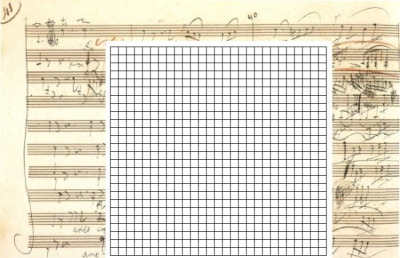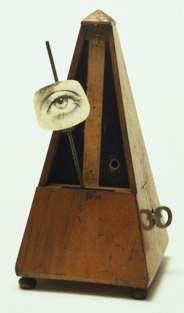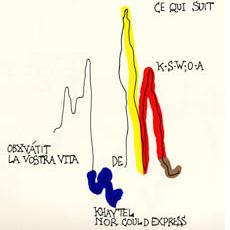By the later 20th Century, the performance of classical music -- for orchestra, also chamber music, and solos -- was dominated by pervasive strong regular beat. Emphasis on beat-regularity is the outcome or reflection of several musical and societal changes, among these mass production, the standardization of time keeping (time zones), the metronome, sound recording, the ascent of conducting, more emphasis on "full" scores, the practice of … [Read more...]
Beat It
Walking across the campus of a big Midwestern university, I hear drumming. The drumline from the school's marching band is practicing outdoors, with a very loud metronome. Big speakers blast out the regular electric beats -- quite a lot louder than twenty drummers drumming. These beats sound like gunshots. The music is intricate with a lot of syncopation, and these kids fit it all in, around the clicks. This kind of practicing is not so … [Read more...]
Art is long
Long notes are more important than short notes. Pianists often get confused. Because we don't hold out long-duration tones with bow or breath, it's easy to underestimate their significance. Virtuoso pianists spend so much time attending to what's difficult in virtuoso pieces that it can seem these difficulties -- often passages of short, quick notes -- really are the most important thing in a piece of music. Frequently, it's the other way … [Read more...]
In one
After many years, I figured out what many eighteenth-century musicians must have known: 9/8 meter is in three. (There are three beats in each measure.) 9/16 meter is in one. … [Read more...]




